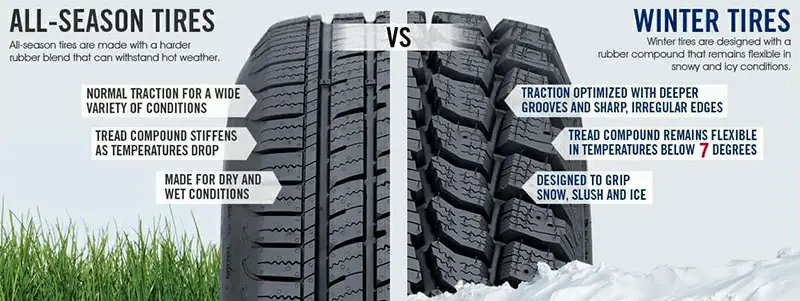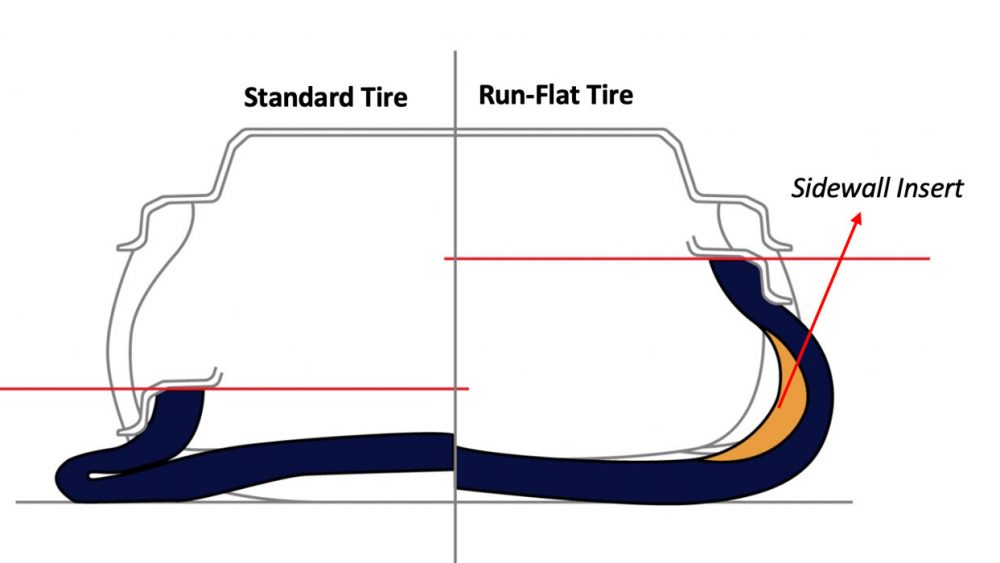
On the other hand, run-flat tyres – also known as run-on-flat or self-supporting tyres – allow drivers to deal with a puncture more safely and without any stress. As a minimum intervention, however, it is necessary to fit the spare wheel.

In the worst case, the tyre could then burst. This is because there is a risk of the sidewall being pinched between the road and wheel rim as soon as a conventional tyre begins to lose air. However, it a tyre does let you down, your mobility is severely limited and a safe onward journey cannot be guaranteed. That might not sound like much, but it can add up to a few pounds on each tire. They should be trained and certified in the correct handling of run-flat tyres.įortunately, punctures are quite rare. So, how much do run-flat tires weigh On average, they weigh about 10 more than regular tires. Specialist dealers can fit and remove run-flat tyres. The ‘F’ is included in the sidewall lettering before the rim diameter, for example: 205/55 RF 16. Tyres marked with this character have previously demonstrated under test conditions that they are suitable for road use following a puncture. Run-flat tyres can be identified by the letter ‘F’ on the sidewall.

How can I identify run-flat tyres? Where can this information be found?.Their design makes it unnecessary to keep a spare wheel and jack in the boot in the event of a puncture.

Run-flat tyres, sometimes also known as run-on-flat or self-supporting tyres, have a reinforced sidewall.


 0 kommentar(er)
0 kommentar(er)
